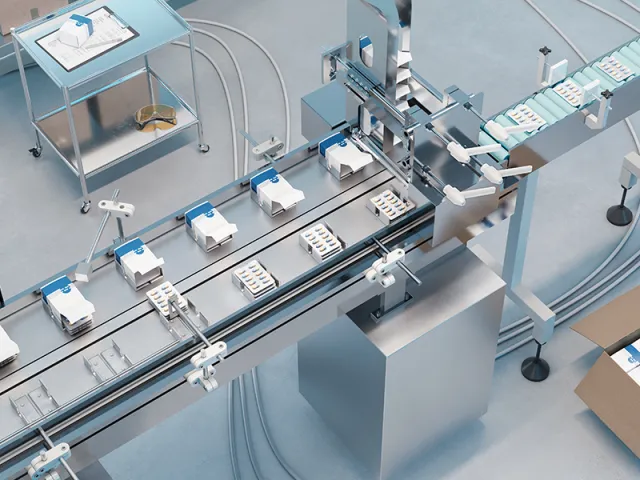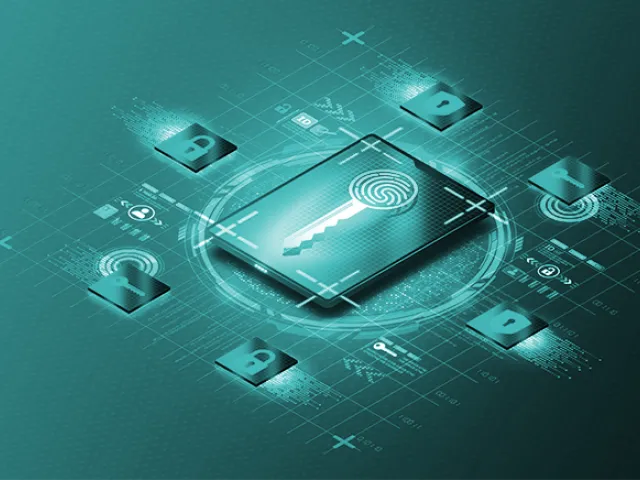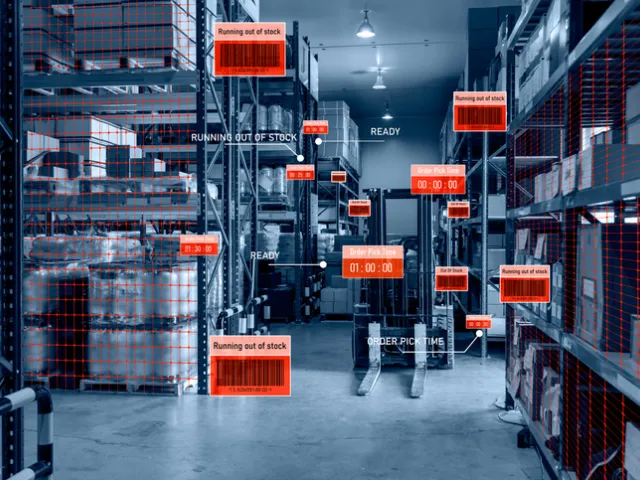Table of contents
Overview
The SOM Country Clearance transaction is an XML-based message used to confirm that serialized pharmaceutical products are authorized for distribution into a specific country. This transaction ensures that each shipment complies with the destination country’s customs and import/export regulatory rules before leaving the facility.
This transaction follows the GS1 EPCIS 1.2 standard and provides a traceable, auditable record of the country-specific clearance decision. It enables secure, rules-based control over international distribution and supports compliance with global track and trace and product distribution regulations.
Key Use Cases
- Authorize serialized product movement into a specific country after clearance.
- Enforce country-specific compliance rules before product distribution.
- Digitally confirm country clearance by destination market.
- Trigger downstream processes such as shipment release, customs documentation, or export approval.
- Provide audit-ready documentation of country clearance decisions.
- Integrate with ERP, WMS, and compliance systems for global distribution control.
Data Elements Included
An EPCIS 1.2 – SOM Country Clearance transaction includes:
- Event Type: ObjectEvent with business step "country_clearance" and action "observe" to indicate regulatory release.
- Serialized Product Identifiers (EPCs): SGTINs or SSCCs of the serialized units being cleared.
- Event Time and Time Zone: Timestamp of the clearance event, including time zone offset.
- Read Point: Location where the clearance was recorded (e.g., QA system, serialization server).
- Business Location: GLN or internal site code of the releasing facility.
- Destination Country Code: ISO 3166-1 alpha-2 code (e.g., “US”, “DE”, “BR”) representing the approved market.
- Disposition: Typically "cleared_for_country", or "approved_for_export".
- Clearance Reason Code (optional): Code indicating the reason the shipment was approved.
- Transaction ID (optional): Unique identifier for the clearance event.
- Digital Signature (optional): Ensures data integrity and regulatory compliance.
- Comments or Notes (optional): Free-text field for reviewer notes or exception context.
Benefits of EPCIS 1.2 – SOM Country Clearance
- Digitally confirms country-specific customs clearance before shipment.
- Ensures compliance with global controlled substance regulations.
- Prevents unauthorized product movement across borders.
- Supports audit readiness with traceable clearance records.
- Automates downstream processes tied to export and distribution readiness.
Business Process: EPCIS 1.2 – SOM Country Clearance
The SOM Country Clearance transaction supports:
- Order Management & Fulfillment: Authorizes shipment release based on country-specific country clearance rules.
- Track and Trace & Government Compliance: Ensures regulatory compliance for international distribution.
- Product Serialization & Traceability: Maintains a serialized record of country-level clearance decisions.
- Quality, Risk, and Recall Management: Provides traceable documentation of clearance decisions for audit and recall readiness.
- Inventory Management: Updates product status to reflect clearance for export or market-specific distribution.
How TraceLink Supports EPCIS 1.2 – SOM Country Clearance
TraceLink’s Opus Platform, powered by B2N Integrate-Once™, supports SOM Country Clearance by:
- Applying destination-specific country compliance rules to evaluate compliance.
- Capturing EPCIS 1.2-compliant clearance events with full serialization context.
- Transmitting clearance status to downstream systems and partners.
- Logging all clearance transactions for traceability and audit readiness.
- Enabling automated workflows for shipment release and export processing.
Explore More Serialization & Compliance Capabilities
- EPCIS 1.2 – SOM ESM Sales Shipment: Record serialized shipments.
- EPCIS 1.2 – SOM ESM Receipt: Confirm serialized product receipt and verification.
- EPCIS 1.2 – SOM ESM Void Shipment: Cancel previously approved product shipments.
- TL XML – SOM Product Release: Digitally authorize product movement.
Need Help Implementing EPCIS 1.2?
Contact Us to learn how our OPUS Platform and B2N Integrate-Once™ model can help you automate country-specific customs clearance, ensure regulatory compliance, and enable secure global distribution across your life sciences and healthcare supply chain.








